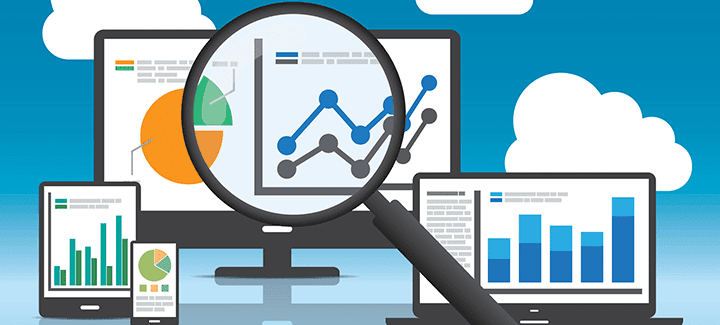No matter the time, businesses are always looking to save money. However, in times of crisis, limiting business expenses and avoiding unnecessary fees becomes even more crucial. Any business, large or small, incurs a variety of ongoing expenses, including utilities, telecom, and waste. These necessary operational expenses are on top of other non-operational fees, such as marketing, software, or technology.
Did you know using market research can help your business save money? Running a simple customer survey can identify areas that could cut expenses. How?
Here are three simple examples of how a customer survey can identify cost-cutting opportunities:
● A small food manufacturer has a customer service team of two people to handle all incoming phone calls, emails, and website submissions regarding customer inquiries. All experiences are funneled through this team. The group rotates shifts for 18 hours a day, so response times to emails and website submissions can be handled within 1 hour. However, in the recently completed customer survey, you learned those who need an immediate answer are more likely to call by phone. Expectations for reasonable response time by website or email is 24 hours. This insight allows your customer service manager to stagger staff and set more limited hours, which trims $30,000 off your payroll to cover overtime for the customer service team.
● A regional bank continues to send out monthly bank statements to its customers. The demographics of the bank customers skew older, so the C-level team decides each year to push back on any transition to e-statements based on their knowledge of their customers over the decades. An option for e-statements is not offered to customers. However, a recent export of DOB among the customer base, as well as the survey, unveiled some new truths. First, the bank has seen a substantial growth among Millennial and Gen Z customers, now accounting for nearly 40% of the customer base. Secondly, the survey inquired about the preference for monthly statements, and over 80% preferred to review monthly electronically, including two-thirds of those aged 50+. The bank spearheaded a roll-out strategy to offer e-statements as an option to all customers saving the bank nearly $350,000 a year in printing, assembly, and mailing expenses.
● A payroll company offers online access to clients providing the ability to download pay stubs, view employee handbooks, and make profile changes for healthcare benefits. The payroll company pays a subscription fee of $500,000 to the software company that manages the back-end system and integrations. A recent customer survey the payroll company completed, reveals there is extreme frustration with the healthcare benefit profiles section of the technology. Expectations with customers are it should only take a few steps and instead asks far too many questions and takes too much time to complete. The payroll company reaches out to the software company and discovers a less expensive and more basic version that could replace the more advanced version offered. The downgrade saves the payroll company $10,000 a year. The customer satisfaction with the healthcare section of the site jumps 20%, and the number of service tickets filed drops 30%.
Market research and customer surveys can widely be viewed as an opportunity cost for a business. Although there is an expense associated with conducting a customer survey, it can often result in a return on investment (ROI) as high as 3X, 5X, or 7X. Spending on market research can create both short-term and long-term cost savings for your business.
George Kuhn is the Owner & President of Drive Research, a market research company in Syracuse.

